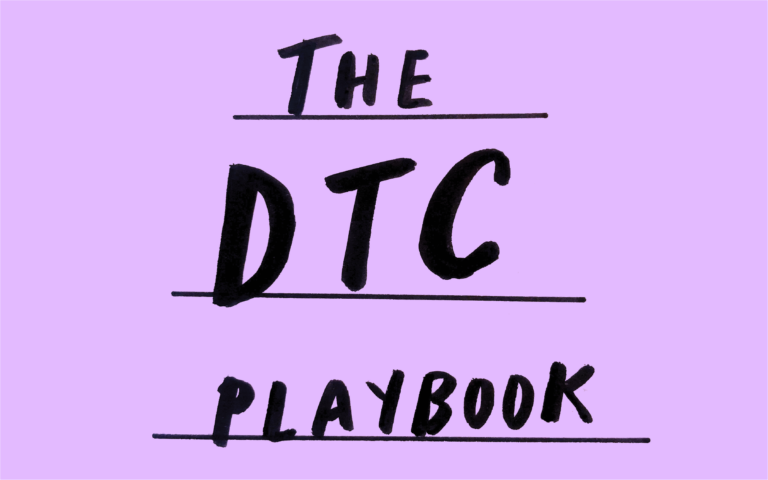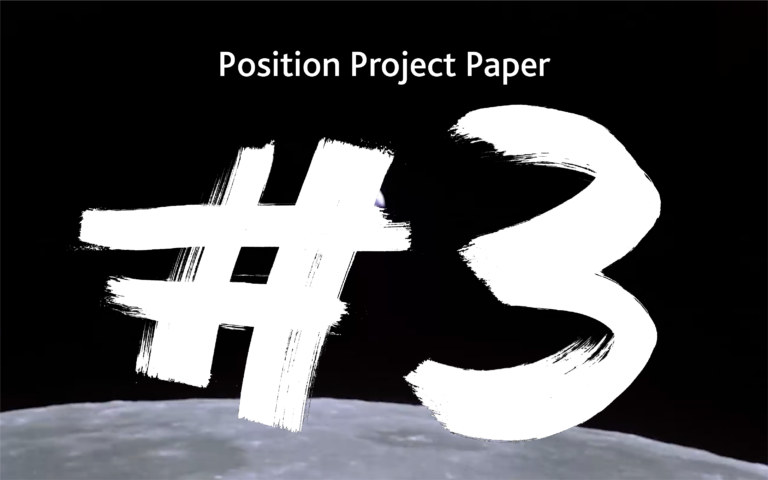Our method for plugging creativity into the heart of a brand's strategy

Writing Workshop | How to write better copy to build a better brand
Words are everywhere, from social media and content to advertising and websites. But does anybody read yours? Words can be a powerful tool. Well-chosen words can get you noticed, engage people, and get them to do what you want.

#Paper 8 | The third part of a position: Personality
Maya Angelou said: “People will forget what you said, people will forget what you did, but people will never forget how you made them feel.” While advertising legend Dan Wieden put it in more succinct terms: “Move me dude.” A brand can have defined its space and purpose, but it needs to find a personality that allows it to convey what it stands for in compelling, unforgettable ways. This is the third and final part of how we define a position: personality.

Paper #7 | Pillars drive purpose through brands
There’s an ancient Japanese proverb which says: “Vision without action is a daydream; action without vision is a nightmare.” This describes the relationship between purpose and pillars. Purpose is an idea, a strategy, a direction of travel. But stopping at the purpose and leaving people to it will end in chaos. People need more meat on the bones, more specifics about what it means to deliver on the purpose. This is the role of pillars.

Paper #6 | The second part of a position: Purpose
The most successful brands don’t just know where they compete, they define why they exist. This is vital because it gives the brand a bigger mission, a purpose that’s shared by all its people. It also allows the brand to build a deeper connection with customers beyond the functional elements of their offer. Purpose is the second part of how we define positions.

Playbook | How to build a world beating DTC brand
The coronavirus pandemic has rapidly accelerated the shift from bricks-and-mortar retailing to e-commerce. This has created all kinds of growth potential for direct-to-consumer (DTC) brands. Our playbook will walk you through our four step process for finding, taking and sustaining a position for a DTC brand. We're also compiling contributions from trusted partners who will be sharing how to activate a position within their disciplines.

Paper #5 | The first part of a position: Space
The most successful brands take positions from the inside out. They root their position in what the brand does and a set of deeply held beliefs about why it exists. Rather than being transplanted in, the position is something that the leadership truly believes in and champions across every area of the organisation. At Squad, we have a method for defining positions in this way, which consists of three parts. First up is space, which is about defining where the brand competes.

Film & Podcast | George Vestey – Taking a position on family business
The Vestey family has an amazing history. The origins of their business stretch back to the docks of Liverpool in the 1890s. Over multiple generations they built a global empire. We talked to George as part of our Position Project; an ongoing exploration into the power of brand positions and the stories behind them.

Position (it’s the thing)
Finding the few levers that drive marketing effectiveness has always been crucial, but it’s harder than ever. The digital era has led to a proliferation of channels, platforms, and tactics. The rapid pace of change makes it near impossible to keep up with all the latest developments, let alone make sense of it all and formulate clear strategies. The way to avoid drowning in incremental improvements is to focus on first principles.

Paper #4 | The process of finding, taking and sustaining a position
A moon rocket uses half of its entire fuel supply to go the first mile. It’s this initial burst of energy that creates the propulsion for it to leave the earth’s surface. The same is true with launching a position. Time and energy must be spent on crafting something powerful enough to create lift-off. But further growth is about how its driven across and through the brand.

Paper #3 | Caution: The three blackholes of position
Newton’s first law of motion is that an object in motion will stay in constant motion until it meets an opposing or accelerating force. In its early state, momentum is delicate and easily lost. Our previous Paper explained the four engines of position, which are accelerating forces. On the flipside, there are three blackholes that can suck the energy from a position.


